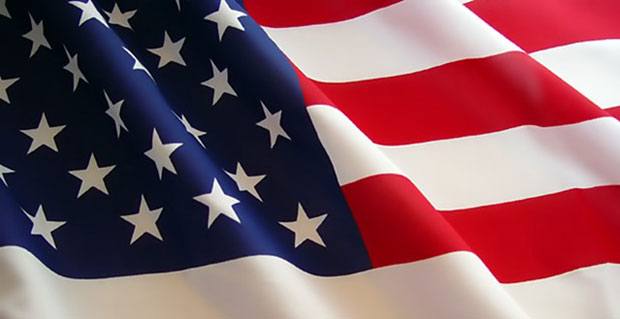The USA takes LED lighting seriously. The federal government regards the widespread use of LED light bulbs as a way of saving energy, cutting electricity bills and reducing carbon dioxide emissions.
As a result, the country has LED development incentives, LED lighting standards, and a host of LED-related projects.
LED lighting and Bright Tomorrow
The US Department of Energy introduced the Bright Tomorrow Lighting Prize in 2008. The aim of the prize is to encourage LED lighting manufacturers to create effective replacements for standard light bulbs.
In 2011, the prize went to Philips for its LED replacement of the conventional 60-watt screw-in incandescent bulb. The Philips LED bulb uses just 10 watts to produce 900 lumens of brightness.
NIST LED lighting standards
In 2008, the National Institute of Standards and Technology (NIST) launched two standards for LED light bulbs in the US. These apply to LED bulb testing methods, and LED colour specifications. The US Department of Energy, together with NIST, also began the Energy Star programme for LED light bulbs the same year. When American consumers see Energy Star certification on LED lighting, they know the product is high quality and saves energy.
If you travel around the US, you’ll encounter LED light bulbs on virtually every road in cities and towns. This is because LED lighting has replaced most incandescent bulbs in traffic signals.
The usage of LED lighting in street lights is also catching on fast. In 2008, Anchorage in Alaska introduced LED light bulbs into 4,000 street lights. This was the start of a programme to replace all 16,000 street lights in the area. A year later, Los Angeles began a five-year project to convert the city’s 140,000 street lights to LED light bulbs. In 2010, the city of Seattle commenced a similar five-year scheme.
Offices and shops have also followed suit, spurred on by the energy and maintenance savings associated with a change to LED lighting. Well-known chains such as Wal-Mart and Starbucks are using retrofit LED light bulbs in many of their existing premises. They have also specified LED lighting in new developments.
US cities can be crowded and hectic places, none more so than New York. But LED lighting is helping to improve the environment in which people live and work.
For example, the United States Custom House building in New York’s Lower Manhattan was beginning to show its age. To make matters worse, the lighting gave the building an unkempt, dingy appearance at night.
LED lighting has now transformed the façade of the Custom House. Shadows have gone, and the building looks less scruffy and more genteel. The electricity bill for lighting the exterior has also fallen by 43%.
Visitors to US tourist attractions may also come across the effects of LED light bulbs. In Washington, LED lighting features in the Smithsonian American Art Museum, a popular venue for locals and tourists alike. As part of an experiment with the US Department of Energy, the Smithsonian authorities have replaced all the incandescent bulbs in one gallery with LED light bulbs, and are monitoring energy costs and the return on investment. Over the course of a year, the cost of electricity to light the gallery has fallen from $2,984 to $816. As a result, the new LED lighting installation has paid for itself within 16 months.
Judging by this, the future is certainly brighter thanks to LED light bulbs. Have you joined the lighting revolution yet?
Date: December 5, 2012
Tags: led Lighting travel
The USA takes LED lighting seriously. The federal government regards the widespread use of LED light bulbs as a way of saving energy, cutting electricity bills and reducing carbon dioxide emissions.




